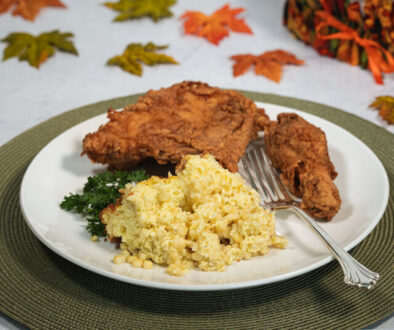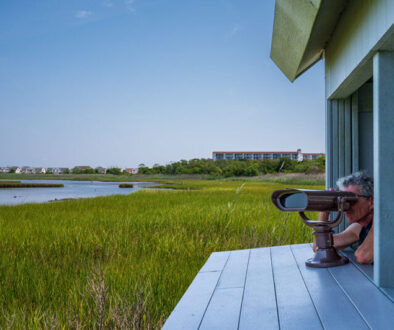Brown Pelican
Brown Pelicans are a lot of people’s favorites. They are a southern species, everywhere in places like Florida, but scarcer up here. When they first started coming here in the 1990s, it looked like they were going to colonize here. There were a couple of birds acting in very romantic ways, but it seems that moment in time passed. You would see multiple flocks every day. Three decades later, numbers don’t seem to have changed much and may have even gone down a little; the opposite of all other southern species.
The best time to see them is from mid-summer through fall, with seemingly more hanging around till about Christmas. You can see them anywhere on the beaches and up the Delaware Bay; some make their way into the back bays, often sitting on sand bars or on top of pilings.

The Hercules of birds, pelicans are simply massive. They fly in lines or V-shaped lines for aerodynamics, though they keep plenty of space between them. They must create A heck of a wind funnel, and the term “agile” is the last word you would use to describe these big beasts. Hence the need to have some distance between them! These lines snake up and down over the waves, taking advantage of any updrafts wherever they can. Their size, bulk, and flock formations make them easy to identify.
Their massive chests stick out, the weight all in the front of the body; designed so it can support its large head and bill. Because of the weight of the head and bill, the neck is arched back as far as it can go. This gives it quite a comical look with only the tip of the bill sticking out beyond the bulging chest. Their wing beats are deep and slow, everything done in slow motion.
If you are on the beach, you have a good chance of seeing a flock go by. If you are up the bay or in the inlets, they can often be seen resting by either standing on the sand bars or sitting in the water. Of course, with a belly as big as theirs, they need a lot to eat. If you are lucky, you might see them diving into the water after a shoal of baitfish, its body hitting the water with great force, fish stunned. Their bill slices through the water and they hold their neck at an angle from the body, presumably to protect the throat from the impact.

The loose skin on the lower mandible acts as a big pouch or bucket to scoop up over two gallons of water plus food. The pouch is expanded only after it is in the water and has a hole in it to let the water out, leaving only the fish behind. They tip their head back for everything to slip down the hatch! This bare skin becomes a lot brighter in late-winter and spring on the breeding grounds. The males throw their heads back to show off their fancy pouch, make a few grunts and hopefully impress a lady.
Sometimes they will hang around docks, scavenging from fishermen and can be very tame. Why not take the easy road! They also scavenge from other birds that fish and are no strangers to the back of fishing boats. The hooked tip allows it to keep hold of bigger fish.

At other times flocks will work in unison, particularly White Pelicans, an even larger, all-white sister species, of which we only see one or two a year. Groups work in unison to form a circle that closes in, pushing their dinner into a small area, where the pelicans can shovel them into their mouths; just like Killer Whales do.
It takes pelicans three years to become adults. We see mostly one- and two-year old birds that are wandering around before they get down to the business of breeding. The younger ones are mostly all-brown and tend to be really bedraggled and messy. We do see some adults, but most are further south, breeding. They have two-tone brown and white heads, a paler belly, and look much sexier. Two-year olds are somewhere in between.
It was not so long ago that the Brown Pelican was really struggling in this country. The banning of several pesticides, notably DDT and Endrin, has led to a real resurgence of their population since the late 1970s. A great success story for this fantastic bird and hopefully they will be breeding here one of these days!



